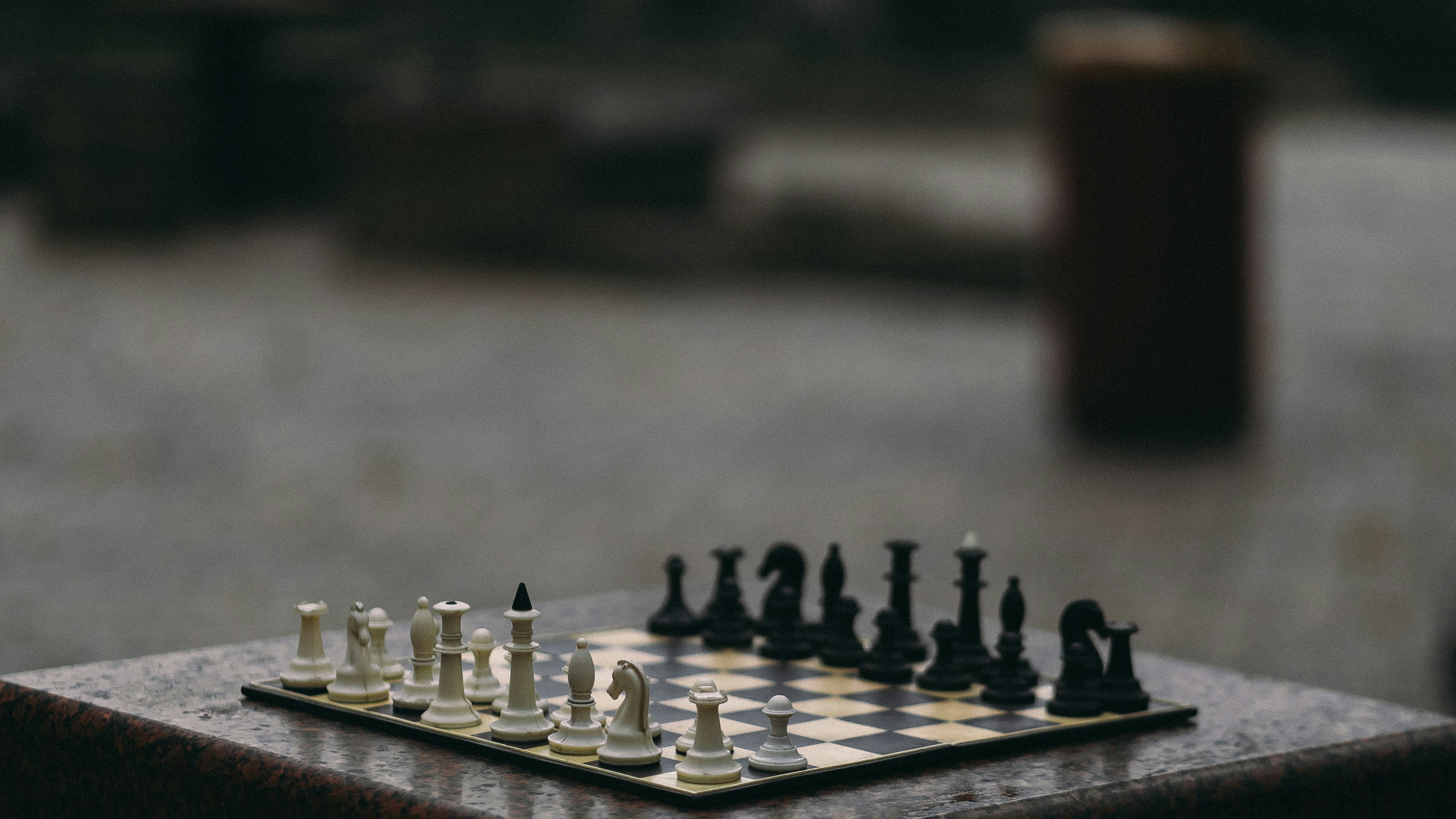Choice history biases in dyadic decision-making

How do we interact with our environment and make decisions about the world around us? Empirical research using psychophysical tasks has demonstrated that our perceptual decisions are influenced by past choices, a phenomenon known as the “choice history bias” effect. This decision-making process suggests that the brain adapts to environmental uncertainties based on history.
However, the use of single-subject experiment task design is prevalent across the work on choice history bias, thus limiting the implications of the empirical evidence to individual decisions. Here, we explore the choice history bias effect using a dual-participant approach, where dyads perform a shared perceptual decision-making task.
We first propose two hypotheses: the participant treats his/her/their partner’s decisions as his/her/their own, or the participant treats his/her/their partner’s decisions differently from his/her/their own. We then use a statistical modeling approach to fit generalized linear models to the choice data in a series of steps. Our modeling results suggest the participant has a choice repetition bias influenced by one’s own decision from two trials ago, compatible with previous single-participant studies. Evidence for a strong dyadic influence is limited though our results indicated a choice alternation bias following both own and partner’s previous response.
The findings support that the participant treats his/her/their partner’s decision differently from his/her/their own, in line with the idea that perceptual decision-making is not solely an individualistic decision process.
This paper has been submitted to Nature Scientific Reports and is currently under review for publication.
(Photo by Eugene Chystiakov on Unsplash)
